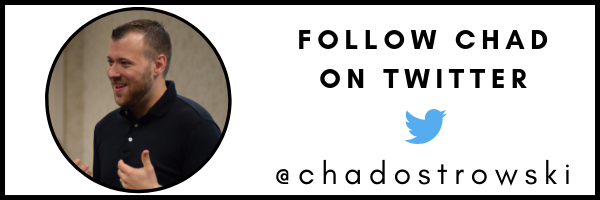TL;DR:
- When developing a social studies grid, check the standards and identify skills vs. content focuses.
- Keep the big picture in mind.
- Mix up the modalities and types of learning that happen within the grid.
Making a Grid
Just in case you’re not familiar, The Grid Method is a self-paced mastery framework where the teacher creates a learning pathway in the form of a “grid.” Students are allowed to work at their own pace through this pathway while demonstrating readiness and mastery as they progress from one learning opportunity to the next. If you’d like to learn more, there is even a free course available.
Generally speaking, the process for developing a grid is the same for any subject. Teachers start with breaking down the standards into learning targets using Depth of Knowledge (DOK) or other learning taxonomy. Then they further develop through backwards design their mastery questions/assessment items and learning opportunities.
These are all organized into their grid. While this process is the same regardless of the content, there are specific tips and tricks that can help in certain subject areas. Social studies and history are no different. Here are a few things that can help you create the best possible social studies grid for your students!
One of the biggest mistakes or issues that can occur when teachers are breaking down standards is that they lose sight of the 'big picture.' This can be dangerous and actually cause students to master less material. Click To TweetCheck the Standards
This sounds pretty simple but honestly it’s one of the things we work on most with teachers when we do training and development. Social studies standards are written at a certain level of depth and understanding of historical moments and events. Understanding this depth is crucial to instructional efficiency.
If students are only being asked to know the primary causes of the Revolutionary War, for example, having them memorize endless dates or events may be a complete waste of time and energy in terms of meeting the standard. Many teachers also know much more than the standards require. This is fantastic to provide context but can sometimes cause a loss of focus on what’s “needed” as opposed to what “could be known” about a topic, event, or historical figure. We need to ensure that the focus of the grid/pathway is aligned with the standards.
Identify Skills vs. Content Focuses
Most contents have various types of standards. Social studies tends to lean heavily on skills as opposed to content in many state standards. Identifying which standards are skills that should be focused on over the entire year (multiple grids) and which should be the focus of a single instructional cycle can be helpful in reducing the overwhelming number of standards that are needed.
For example, if mapping, timeline, and research skills are part of your SS standards, we don’t need to create an entire grid for each of these (nor would I ever recommend it). Instead, these skills should be embedded into the creation of your grid and the learning opportunities included therein. It is these types of skills that can provide context for teaching and learning around historical events, figures, and civilizations.
By identifying these early on, you can use them to help support your planning. Some teachers even begin to create progressions or “shells” of instruction within their grids that include these types of standards for every unit they utilize with their students.
[scroll down to keep reading]Keep the BIG Picture.
One of the biggest mistakes or issues that can occur when teachers are breaking down standards is that they lose sight of the “big picture.” This can be dangerous and actually cause students to master less material due to the focus on chunks of information that are “too small.”
Going back to our Revolutionary War example, if the standard is asking the learner to be able to summarize the events that lead to the Revolutionary War and how they impacted the views and decisions of both sides. (paraphrasing), the focus of this is the causality of the primary events. If I have students memorize the Declaration of Independence, memorize everyone who signed it, and every vocabulary term that exists within the context of this content, this will actually take the focus of the learning away from the big idea.
Instead, when we are building knowledge from the lower level, they should be identifying and defining what events occurred and what the positions of each side might have been. This keeps the focus on the events and their impact as students learn more to approach mastery of the stated standard.
Mix It Up!
One general rule that I have for any grid is always mixing up the modalities and types of learning that happens within the grid. This can ensure that student motivation can be maintained as well as their interest. Mixing modalities of learning has also been shown to increase retention and mastery of content. When you are planning your grid, ensure that you’re using more than a single type of learning opportunity.
For example, if you are using videos primarily, use a hands on activity or paper/pencil activity in between videos or when there are multiple videos in “a row.” This can have multiple benefits but it will also keep students more engaged in the process of learning.
These are all ways you can improve the planning, development, and execution of your next social studies grid!
See the full blog series here!
About Chad Ostrowski
Chad Ostrowski is the co-founder of the Teach Better Team, and creator of The Grid Method. He is also a co-author of the Teach Better book. But Chad is a middle school science teacher at heart. He now travels the country sharing his story, working with teachers, schools, and districts to help them to reach more students. Chad is also a member of the Teach Better Speakers Network.




